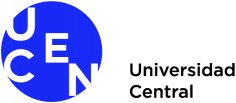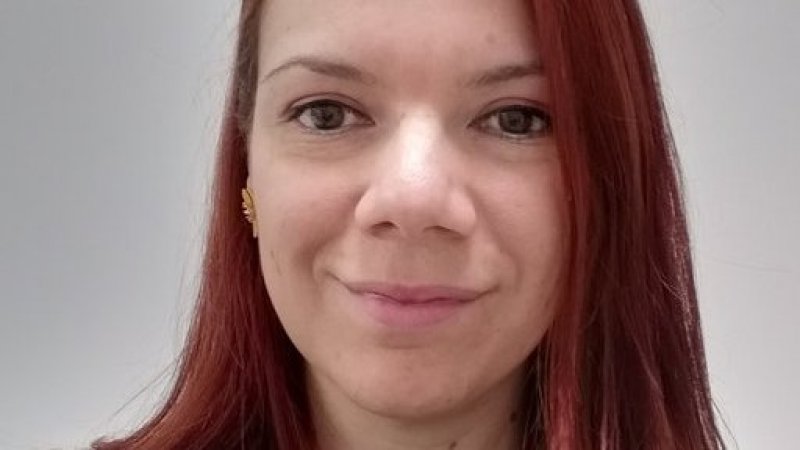

When I entered the first cohort of Industrial Chemistry, research was not in my plans, since getting scholarships required outstanding academic performance and that was not my profile at the time. I was preoccupied with my financial independence.
My undergraduate thesis and my guiding professors led me to rethink research as a possible future. Thanks to them and the support of my family, I applied to the PhD program in Engineering Sciences offered by the University of Chile. My motivation comes from using my knowledge of basic sciences to develop a product that would have a practical impact. I explored the design of transition metal coordination compounds with magnetic properties, and anti-corrosion properties. My postdoc project goal was to use rhenium compounds as potential photo-induced catalysts.
This last study led me to my first externally funded project and led me formally into research. The possibility of being part of the team of researchers of the Universidad Andres Bello, which was the sponsor of the project, was an extra motivation. At the same time, positioned me as a university professor in charge of theoretical classes of various professional profiles.
During this research, I had the opportunity to bet on a project that would allow my insertion into academia, a complex issue for early-stage researchers. At that time, I asked for advice from my laboratory colleagues, indispensable and critical, who undoubtedly offered me the best possible projection. They were my first collaborators because on this journey nothing is possible if you are alone.
That's how I came to the Universidad Central and the possibility of collaboration with Professor Eduardo Sobarzo, a researcher at the Research Institute of the Faculty of Medicine and Health Sciences. The new challenge was to conduct the design of transition metal coordination compounds at the service of medical therapy, a challenging issue for a chemical profile such as the one I had been developing for years. The ability to integrate new knowledge is essential to progress in this field and without a doubt, it tests our ability to work and adapt in a highly competitive environment.
This effort bore fruit allowing the installation of a laboratory for the generation of new bioinorganic compounds with potential applications in medicinal chemistry. The laboratory was funded by an ANID academic facility grant. This is how in 2019 the Medicinal and Bioinorganic Chemistry Research Group was created and four researchers from the field of experimental chemistry currently work on it.
This space and my work in the design of bioinorganic compounds with potential antineoplastic applications opened the doors for collaboration with researchers in the area of Medicinal Chemistry. Disciplines such as Organic Chemistry, Molecular Biology and derivatives, contribute substantially to the development of new therapeutic agents for chronic, degenerative and behavioral diseases. Additionally, I have been able to organize scientific events and build a network of young and established academics in the fields of Medicinal Chemistry and Bioinorganic.
Shortly, I hope to incorporate students and new researchers into our research group. This will allow the integration of experimental and technical knowledge into the field of Medicinal and Bioinorganic Chemistry, strengthening the network of new knowledge and innovation.